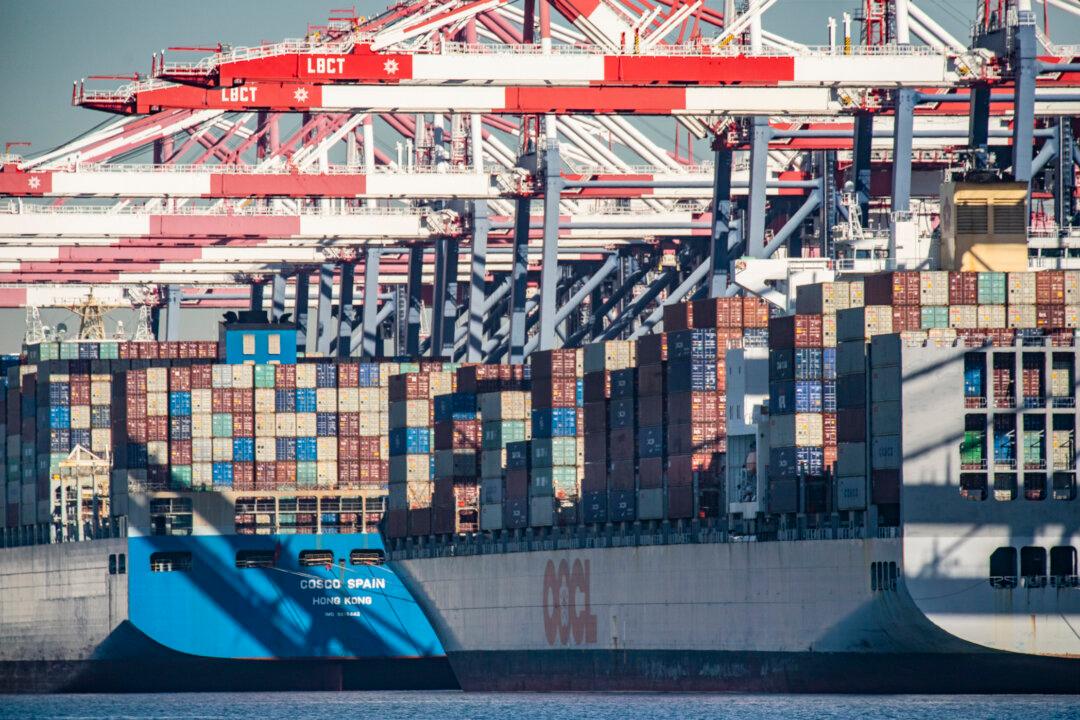The U.S. international trade deficit has widened at a larger-than-expected pace and ballooned to the highest level in 10 months, according to new data from the Bureau of Economic Analysis (BEA).
In February, the trade imbalance increased to $68.9 billion from an upwardly revised $67.6 billion in January. This represented the largest shortfall since April 2023.





